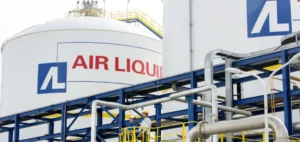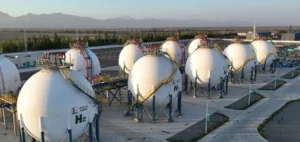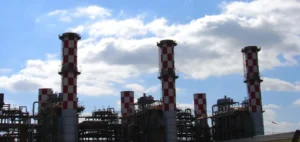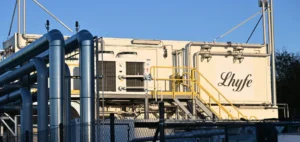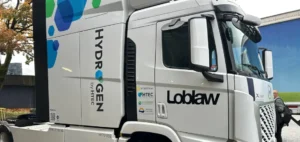India plans to accelerate the adoption of carbon capture, utilization, and storage (CCUS) to address challenges in its energy and industrial sectors. A report indicates that the effective implementation of this technology will require $4.3 billion in government support to ensure its economic viability and large-scale deployment.
A carbon market still insufficient
The report highlights that the development of a more structured carbon market could reduce dependence on public funding and improve the feasibility of CCUS projects. India is set to define emission targets for nine strategic sectors and plans to introduce a carbon trading system as early as 2026. However, projected carbon prices may not be sufficient to offset the operating costs of CCUS, making government support indispensable.
India is currently the world’s third-largest carbon emitter, with its share expected to increase from 8% to 14% of global emissions by 2050. The energy and industrial sectors, considered difficult to decarbonize, account for 82% of the country’s total emissions. Integrating CCUS into these industries is therefore a key lever for achieving emission reduction targets.
A rapidly growing capture capacity
By 2050, India could account for nearly 15% of total CCUS capacity in the Asia-Pacific region, up from less than 5% currently. Capture capacity could reach 123 million tonnes per year if public incentives are maintained. However, CCUS adoption is expected to remain below 10% of total capacity in most sectors, with faster deployment in refining and chemicals, followed by energy and steel.
Announced CCUS projects remain limited, with only 40 to 50 million tonnes per year dedicated to storage. While saline aquifers offer significant potential for CO₂ storage, their accessibility and suitability for long-term injection still require in-depth assessment. This constraint could slow down new CCUS capacity additions until 2035.
Obstacles to overcome for widespread adoption
India’s 2070 carbon neutrality goal makes CCUS adoption unavoidable. The country’s heavy reliance on coal-fired power plants, the growth of its steel industry, and its vast storage capacities are all factors that support the development of this technology. However, several challenges remain, including a lack of experience in storage site exploration, the absence of clear permitting regulations, and the slow development of the carbon market.
New approaches, such as coal gasification with CCUS, could be explored to scale up projects. With a suitable regulatory framework and sufficient financial incentives, India could enhance its use of CCUS and significantly reduce its carbon footprint while continuing its industrial and energy growth.












